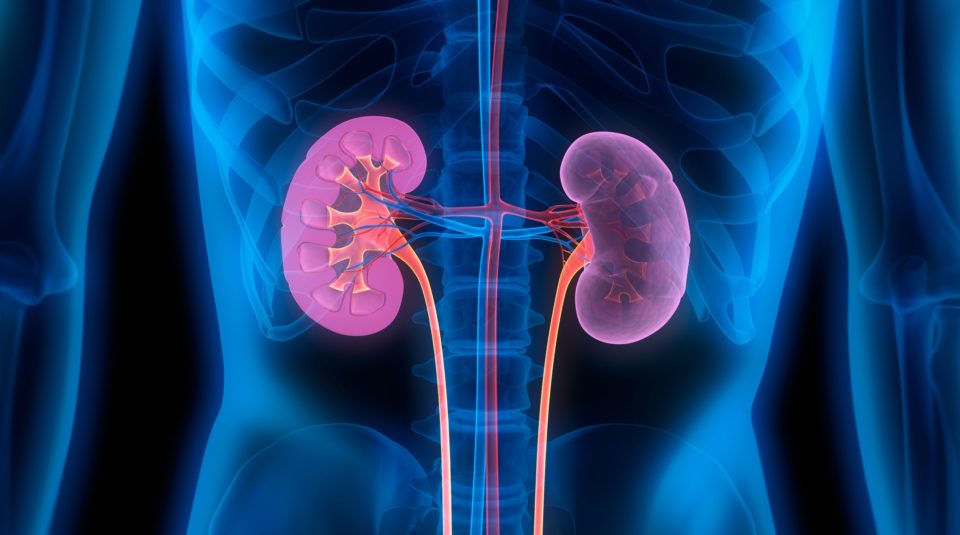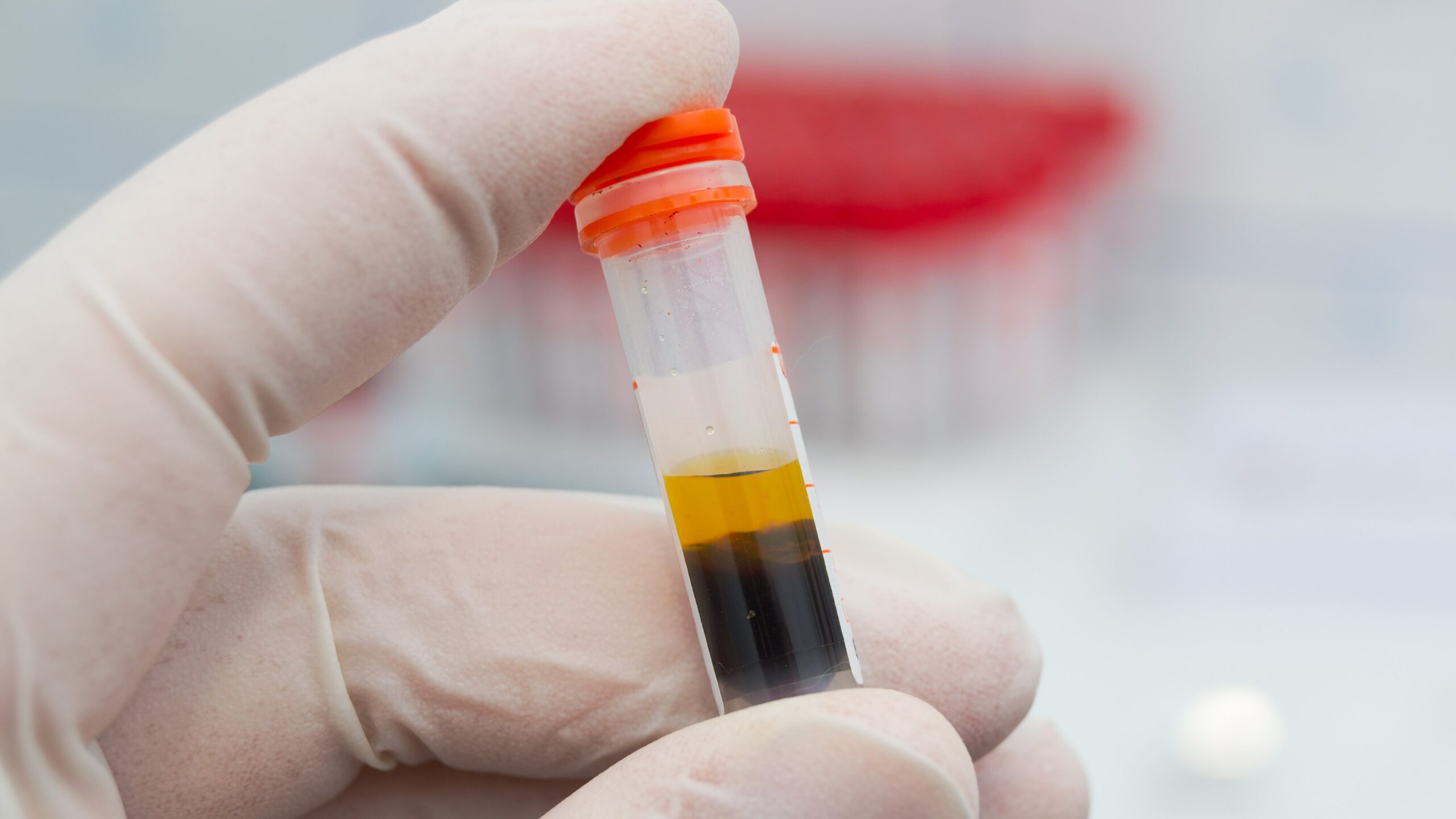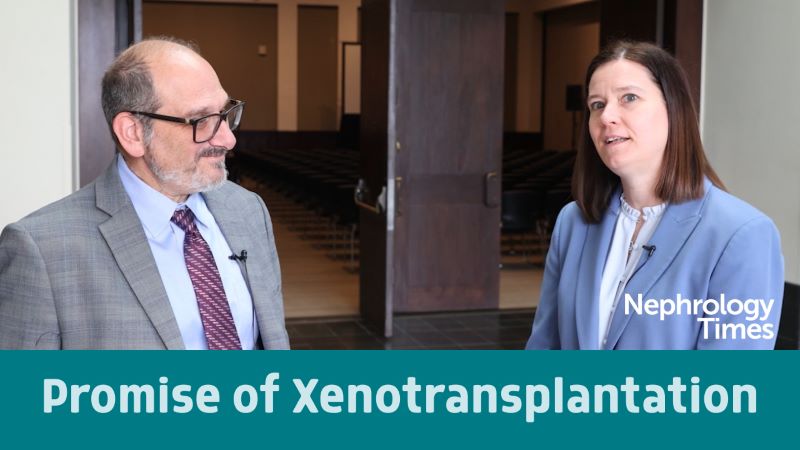
The optimal treatment for kidney failure is kidney transplantation. The shortage of kidneys available for transplantation is intensifying, creating interest in the high proportion of deceased donor kidneys discarded after procurement. The discard rate for deceased donor kidneys recovered for transplant in the United States is approximately one in five, despite evidence that transplantation with even marginal deceased donor kidneys can improve survival, quality of life, and cost, compared with dialysis.
The high rate of discard exacerbates the organ shortage that results in long wait times. Deceased donor kidney discard occurs when the benefits of transplantation using kidneys thought to be at risk for shorter allograft longevity and earlier graft failure are outweighed by the risk of those adverse outcomes. However, according to S. Ali Husain, MD, MPH, MA, and colleagues, many discarded deceased donor kidneys are potentially transplantable, and improving utilization of those kidneys would expand access to transplantation.
The researchers conducted a decision analysis to estimate the impact of a policy proposal to increase organ utilization by extending eligibility for waiting time reinstalment for recipients experiencing early allograft failure after transplantation. Results were reported in the American Journal of Kidney Diseases [2022;79(3):354-361].
The researchers utilized data from the Organ Procurement and Transplantation Network to identify deceased donor kidneys procured in the United States from 2013 to 2017. The analysis intervention was extension of waiting time reinstatement for recipients experiencing allograft failure from the current 90 days to 1 year after transplantation.
The outcome of interest was the net impact to the waitlist, defined as the estimated number of additional transplants minus estimated increase in waiting list reinstatements. The analysis aimed to estimate (1) the number of additional deceased donor kidneys that would be transplanted if there were a 5% to 25% relative reduction in discards and (2) the number of recipients who would regain waiting time under a 6-, 12-, 18-, and 24-month reinstatement policy.
A total of 76,044 deceased donor kidneys were included in the analysis; of those 80% (n=60,985) were transplanted and 20% (n=15,059) were discarded. The Kidney Donor Profile Index (KDPI) distribution for discarded deceased donor kidneys was most notable for the kidneys with higher KDPI; any reduction in the discard rate would disproportionally require improved use of high-KDPI organs (organs of lower relative quality). During the study period, a mean 4045 deceased donor kidneys were discarded annually, More than half of the discarded kidneys were from the highest two KDPI deciles (KDPI ≥81%), representing a mean 2123 annual discards. Approximately 16% of discarded deceased donor kidneys were from the lowest five KDPI deciles (KDPI ≤50%, 624 discards annually).
Based on a relative reduction in discards (R) of 5%, 10%, 15%, 20%, or 25% the researchers estimated that the number of additional transplants performed would be 202, 405, 607, 809, or 1011 deceased donor kidneys, respectively.
Based on the KDPI decile, the current observed failure rate for transplanted deceased donor kidneys at any time (T) varied, ranging from 1.3%-3.9% at 3 months, 1.5%-5.4% at 6 months, 1.9%-7.5% at 12 months, 2.6%-9.3% at 18 months, and 3.5%-10.7% at 24 months. Correspondingly, 410 transplants per year failed within 1 year; of those, 150 per year failed between 3 months and 1 year.
Based on those failure rates, the researchers assessed the expected net benefit to the waitlist of any permutation of R and T (NR,T); NR,T exceeded 0 (greater number of additional transplants than excess returns to the waitlist) in all circumstances with the exception of at 18 and 24 months when R=5%. Assuming additional transplants (if a given relative reduction in current discard rate is achieved) failed at rates similar to currently transplanted kidneys, at T of 12 months, there would be an NR,T of 838 net additional transplants for R=25%, 641 for R=20%, 443 for R=15%, 245 for R=10%, and 47 for R=5%. At the best relative reduction in discards considered in the analysis (R=25%), NR,T ranged from 908 at T of 6 months to 574 at T of 24 months.
The authors cited some limitations to their proposal to allow recipients of deceased donor kidneys with early post-transplant allograft failure within an expanded time frame to regain their waiting time: (1) The estates of net benefit were calculated in rates of relative discard reduction and allograft failure rates that may be plausible but were arbitrary; (2) not taking into account other patient-level consequences of early graft failures, such as sensitization that may delay access to a second transplant or the risks associated with exposure to immunosuppression; (3) if the increased use of marginal organs that would have been previously discarded is associated with a significantly higher rate of early graft failure, the reinstatement of waiting time may not offset the risks of perioperative complications such as infection, prolonged hospitalization, and death; and (4) given that a loss of quality-adjusted life years (QALYs) associated with the use of lower quality organs may be offset by a gain in QALYs from reduction in waiting and increased probability of transplantation, the impact of increased utilization of marginal organs on QALYs realized from transplantation is difficult to predict.
“In conclusion,” the researchers said, “We estimate that a policy change reinstating pretransplant waiting time for deceased donor kidney recipients who experience allograft failure within 1 year of transplant can result in a net benefit to the kidney waitlist even if it only results in a small decrease in the proportion of deceased donor kidneys that are discarded. Although there results are theoretical, we believe that such policies that aim to improve organ utilization by addressing cognitive processes underlying suboptimal organ offer acceptance warrant study.”
Takeaway Points
- Of 76,044 deceased donor kidneys procured from 2013-1027, 20% (n=60,895)were discarded.
- Researchers used decision analysis informed by clinical registry data to estimate the impact of a policy designed to increase organ utilization by extending eligibility for reinstatement to the waiting list for recipients with early graft failure following transplantation.
- With the exception of very low reduction in discards and very high failure rate of transplanted organs, reinstating a waiting time up to 1 year after transplantation yielded more additional transplants than growth in additions to the waiting list.






 © 2025 Mashup Media, LLC, a Formedics Property. All Rights Reserved.
© 2025 Mashup Media, LLC, a Formedics Property. All Rights Reserved.